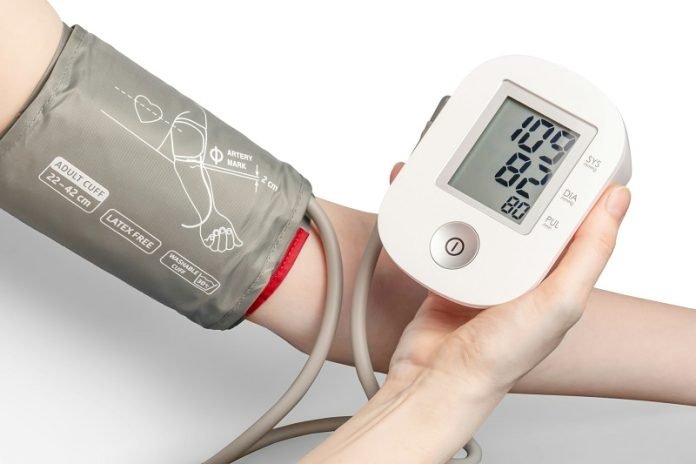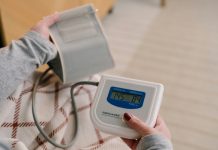
High blood pressure, often called the “silent killer,” doesn’t care how old you are. While it’s more commonly associated with older age, young adults are not immune.
Surprisingly, high blood pressure in younger people is becoming more common, but it often flies under the radar because the signs can be subtle or entirely absent.
This article sheds light on this silent condition, offering insight into the signs young adults should watch for and why it’s so important to catch early.
High blood pressure, or hypertension, is like putting too much pressure on the hoses inside your body (your blood vessels).
Over time, this excessive force can damage your body’s inner workings, leading to serious health problems such as heart disease, stroke, and kidney damage.
What makes high blood pressure so sneaky is that it often comes without warning signs. Many young adults might walk around with elevated blood pressure levels without feeling any different.
Research shows that lifestyle factors are contributing to a rise in hypertension among younger populations. These factors include a sedentary lifestyle, high-salt diets, obesity, and excessive alcohol consumption.
Stress, too, plays a significant role. The modern young adult’s life, often full of deadlines, financial pressures, and social media’s constant bombardment, can fuel stress levels and, in turn, blood pressure readings.
But if high blood pressure is so silent, what signs can young adults look out for? The truth is, while high blood pressure symptoms can be subtle, they are not entirely invisible. Some young adults may experience headaches, shortness of breath, nosebleeds, or sudden dizziness.
However, these symptoms often don’t appear until blood pressure reaches dangerously high levels, which is why regular check-ups are so crucial.
Research evidence underscores the importance of awareness and early detection. Studies have found that young adults with even mildly elevated blood pressure are at a higher risk of developing cardiovascular diseases later in life.
These findings highlight the need for regular blood pressure screenings, starting in young adulthood, to identify those at risk early on.
Another critical piece of the puzzle is education on lifestyle changes. Research supports the benefits of diet adjustments (like reducing salt intake), regular physical activity, maintaining a healthy weight, and managing stress in lowering blood pressure.
These lifestyle interventions can be particularly effective in young adults, potentially reversing high blood pressure before it leads to more serious conditions.
Despite the gravity of its implications, the message here is not all doom and gloom. The silver lining is that young adults have time and the power of prevention on their side.
Early detection through regular screenings, coupled with conscious lifestyle changes, can make a monumental difference. It’s about making smart choices today to avoid the consequences of high blood pressure tomorrow.
In summary, high blood pressure in young adults is a growing concern that deserves attention. It often presents no signs until it’s too late, making awareness and regular check-ups critical.
By understanding the potential risks and making lifestyle adjustments, young adults can protect their health and pave the way for a healthier future.
Remember, when it comes to high blood pressure, what you don’t know can hurt you. So, stay informed, stay active, and keep those blood pressure levels in check.
If you care about high blood pressure, please read studies that early time-restricted eating could help improve blood pressure, and natural coconut sugar could help reduce blood pressure and artery stiffness.
For more information about blood pressure, please see recent studies about How to eat your way to healthy blood pressure and results showing that Modified traditional Chinese cuisine can lower blood pressure.
Copyright © 2024 Knowridge Science Report. All rights reserved.



